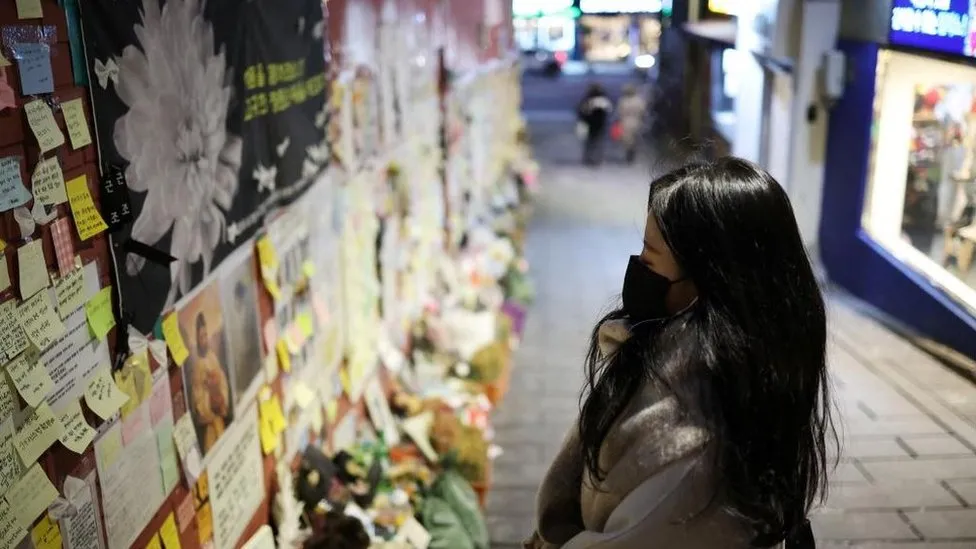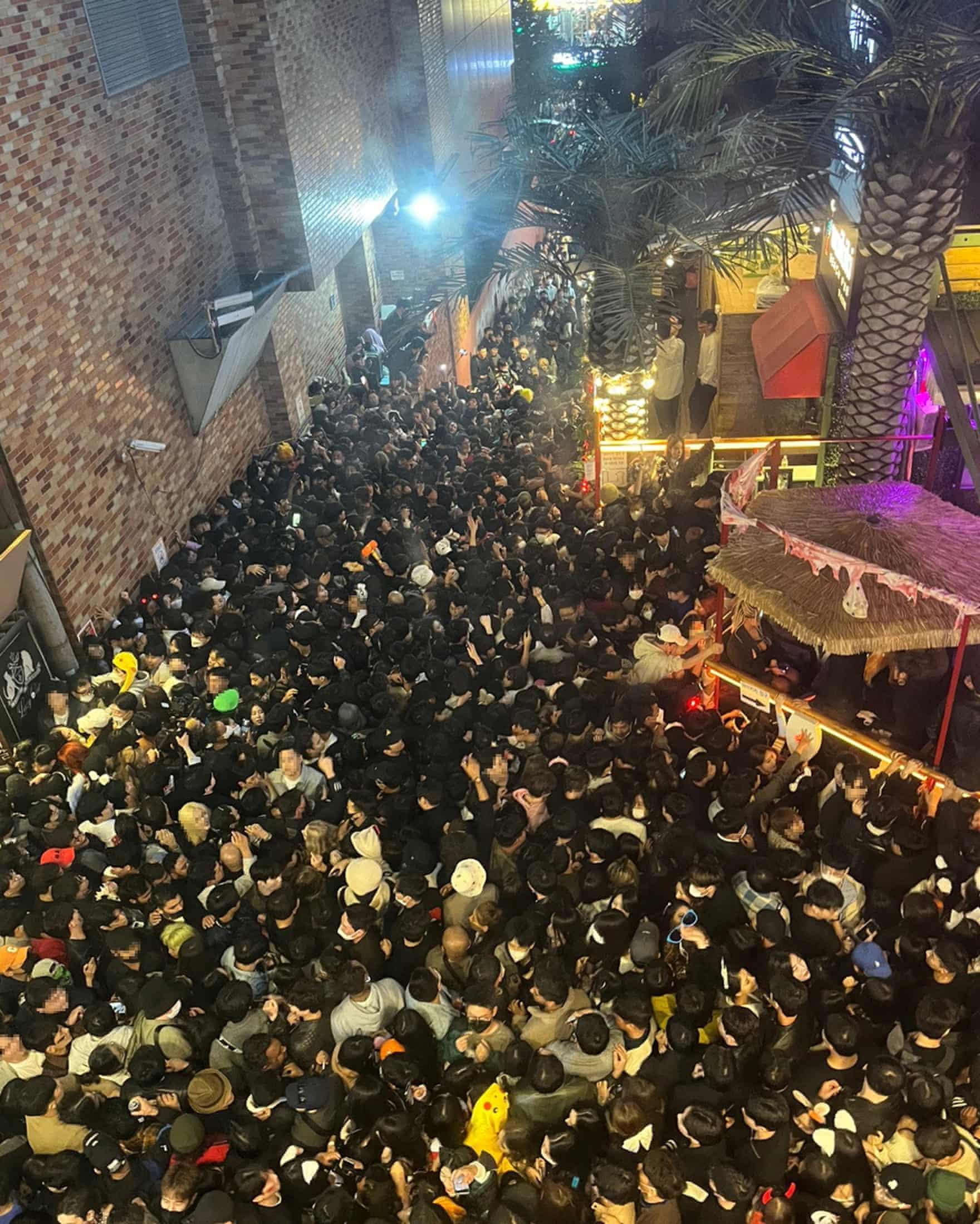
From February 11th to the 20th of 2021, an unprecedented winter event impacted the southern half of the United States, but especially the state of Texas. Wind chills were below zero degrees, the weather was in the 30s, and Texans experienced their coldest winter storm since December 1989 (National Centers for Environmental Information). Although controversy, Texan officials have estimated that 246 people died in over a week due to the freezing temperatures, lack of necessities (i.e., water, non-perishable food), and road accidents during the storm (Svitek). During this time, Senator Ted Cruz (R-TX) almost immediately flew to Cancun International Airport with his family to escape the storm, stating that he wanted “to be a good dad” by taking his daughter out of the situation (Goldmacher and Fandos).

Below is one of the many memes created by Texans to criticize Cruz’s flight:

This meme, which derives from the movie Titanic, showcased Texans’ frustration with (1) Cruz’s hasty, non-transparent, flight from Houston, and (2) his familial excuse, which in the views of many, was pathetic. Additionally, to add more context, this meme was uploaded to Reddit’s r/Texas page–showcasing that it was both a local (i.e., Texas) and nationwide issue/event. In a similar vein, online people used hashtags to mock Cruz, such as #FlyinTed and #FledCruz (Goldmacher and Fandos).
The Cruz meme showcases issue salience, especially two years since the Freeze. Issue salience refers to the depth of thought (including if, and how, people seek and retain information) and it is used as a basis for political judgment and behavior. Prior to Thanksgiving 2022, Texas was forecast to have another intensive storm. Twitter users circulated the memes and hashtags once again, with one user tweeting “Major snow storm is going to dump on Texas. Are you packed?” to Ted Cruz (Skinner). Others then joined in, asking “Anyone know where Ted Cruz is heading?” and “Have you booked your flight to Mexico yet???” (Skinner). Even years after the initial freeze in 2021, Texans (and Americans alike) refuse to forget about Ted Cruz’s hasty escape from his constituents.
Works Cited:
Goldmacher, Shane, and Nicholas Fandos. “Ted Cruz’s Cancun Trip: Family Texts Detail His Political Blunder.” The New York Times, updated on 19 February 2021, https://www.nytimes.com/2021/02/18/us/politics/ted-cruz-storm-cancun.html.
“The Great Texas Freeze: February 11-20, 2021.” National Centers for Environmental Information, n.d., https://www.ncei.noaa.gov/news/great-texas-freeze-february-2021. Accessed 16 April 2023.
Skinner, Anna. “Internet Mocks Ted Cruz Ahead Incoming Texas Snowstorm: ‘Are You Packed?’. Newsweek, 23 November 2022, https://www.newsweek.com/ted-cruz-mocked-texas-snowstorm-cancun-1761902.
Svitek, Patrick. “Texas puts final estimate of winter storm death toll at 246.” The Texas Tribune, 2 January 2022, https://www.texastribune.org/2022/01/02/texas-winter-storm-final-death-toll-246/.




